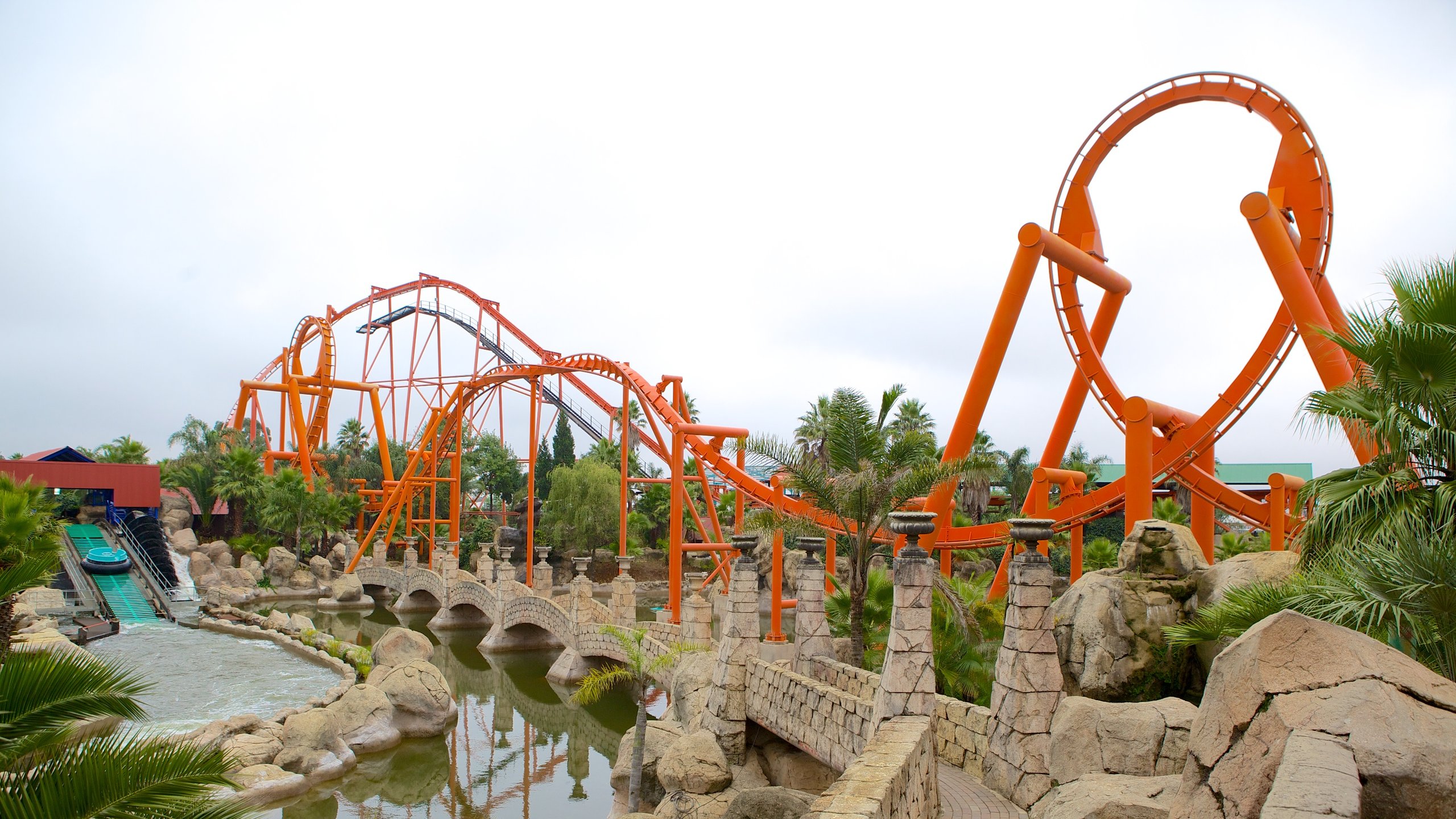Not known Details About Johannesburg North Attractions
Not known Details About Johannesburg North Attractions
Blog Article
Johannesburg North Attractions Can Be Fun For Everyone
Table of ContentsJohannesburg North Attractions Things To Know Before You Buy5 Simple Techniques For Johannesburg North AttractionsSome Ideas on Johannesburg North Attractions You Should KnowThe Ultimate Guide To Johannesburg North AttractionsUnknown Facts About Johannesburg North AttractionsOur Johannesburg North Attractions IdeasJohannesburg North Attractions Things To Know Before You Buy
You should maintain safety in mind and tourists have to continue to be alert at all times when in strange environments. Talk with the residents when you are in community to learn about the location you are remaining in. Johannesburg North attractions. When on the street (this doesn't apply to mall and various other secure environments) finest basic advice is to try your best to resemble a neighborhood and to stay clear of presenting any type of form of wide range
Facts About Johannesburg North Attractions Revealed
Teacher Revil Mason O. J. (Thomson, 1946) checked out the Witwatersrand's pre-colonial history. His archaeological work blew up the 'em pty land' misconception, according to which the area was without human habitation prior to the arrival of European settlers. In his magazines Prehistory of the Transvaal: A Document of Human Task (1962) and Origins of Black Individuals of Johannesburg and the Southern Western Central Transvaal AD 3501880 (1986 ), Teacher Mason showed the level of social and financial development in the area prior to Europeans set foot here.

What Does Johannesburg North Attractions Mean?
He acted with the government's authorization, given after he had testified keep his discoveries key. In 1874, small-scale mining operations were begun in the Magaliesberg, where an Australian, Henry Lewis, had found gold deposits. In 1878, David Wardrop found gold in quartz blood vessels at Zwartkop, north of Krugersdorp. In 1881, Stephanus Minnaar encountered gold on the ranch Kromdraai, near the Cradle of Mankind.
In March 1886, a protrusion (quickly to be called the Key Coral reef) was discovered, rather fortunately, on Gerhardus Oosthuizen's ranch Langlaagte. Some state that the Lancastrian coal miner George Pedestrian uncovered this reef. Another travelling English prospector, George Harrison (who had formerly operated in Australian mines) gotten a prospecting permit in respect of Langlaagte in May 1886.
He decided to relocate on in a pursuit for greener fields, and disposed of his Langlaagte insurance claim for the handsome amount of 10. Alas: underneath lay the wealthiest goldfield ever discovered. The discovery of this rich auriferous coral reef prompted a gold thrill that indicated the end of bucolic serenity in the southern Transvaal.
It would, within 6 years, become the largest community in southerly Africa. Within a years, it would make the Z. A. R. up until after that an anarchical and insolvent little state the wealthiest country in Africa. By the millenium, the Z. A. R. was to go beyond Russia, Australia and the United States of America to end up being the world's leading gold producer, producing greater than a quarter of the globe's gold.
All about Johannesburg North Attractions
It was referred to as this website Ferreira's Camp, named after Colonel Ignatius Ferreira. He was a Boer adventurer upon whom the British authorities had presented the status of Friend of the Many Identified Order of St Michael and St George (qualifying him to the post-nominal letters C. M. G.) in gratitude for his function in the war that had actually deposed the Pedi king Sekhukhune in 1879.
Soon the camp was brimming with camping tents and wagons as newbies showed up daily from everywhere. By September 1886, some 400 people lived in Ferreira's Camp, which soon boasted built iron and lumber buildings. find out here Two various other camps were developed: Meyer's Camp on the farm Doornfontein, and Paarl Camp. The latter was nicknamed Afrikander Camp; many individuals from the Cape Nest worked out there.

Some Known Incorrect Statements About Johannesburg North Attractions
This name gained money by word of mouth, such that the State Assistant verified the name to the Mining Commissioner on 9 October 1886. Stands in the town were auctioned on 8 December 1886. While some stands were cost 10, others were knocked down for as little as sixpence.
2 years later, these erven were to alter hands for as much as 750 each. The tented camps diminished as a dorp of corrugated iron buildings developed and broadened north of the mines located along the Key Coral Reef Roadway. Areas such as Jeppe's Community (where working-class immigrants erected their houses) and Doornfontein (where the affluent new 'Randlords' began to create their extravagant houses) were soon included in the ever-expanding map of the town.
The Only Guide for Johannesburg North Attractions
Apart from the road names, there were no indications of Johannesburg being situated in a Dutch-speaking country., nearly every advice person talked English and also the Federal government slaves addressed one in English, unless they were initial addressed in the Taal (or Reduced Dutch)'.
Britain had a passion in making sure ideal conditions for gold manufacturing on the Witwatersrand, and that the gold was exported to London rather than Berlin a vital rendered all the much more clamant by the Z. A. R.'s boosting toenadering with Germany. Mine proprietors were on a clash with Head of state Kruger, whose plan of monopolistic giving ins (commonly granted to his cronies) avoided mining companies from obtaining supplies of products (specifically dynamite) and labour on their very own, less costly terms
Some Known Details About Johannesburg North Attractions
In 1890, the Volksraad had restricted the franchise to white guys who had resided in the Z. A. R. for fourteen years or longer, hence invalidating the majority of the immigrants (who happened to be the major contributors to the fiscus). However, agitation for the ballot was a plain pretext for promoting a different agenda; many uitlanders concerned themselves as short-term site visitors and had no objective of continuing to be in the Z.
Report this page